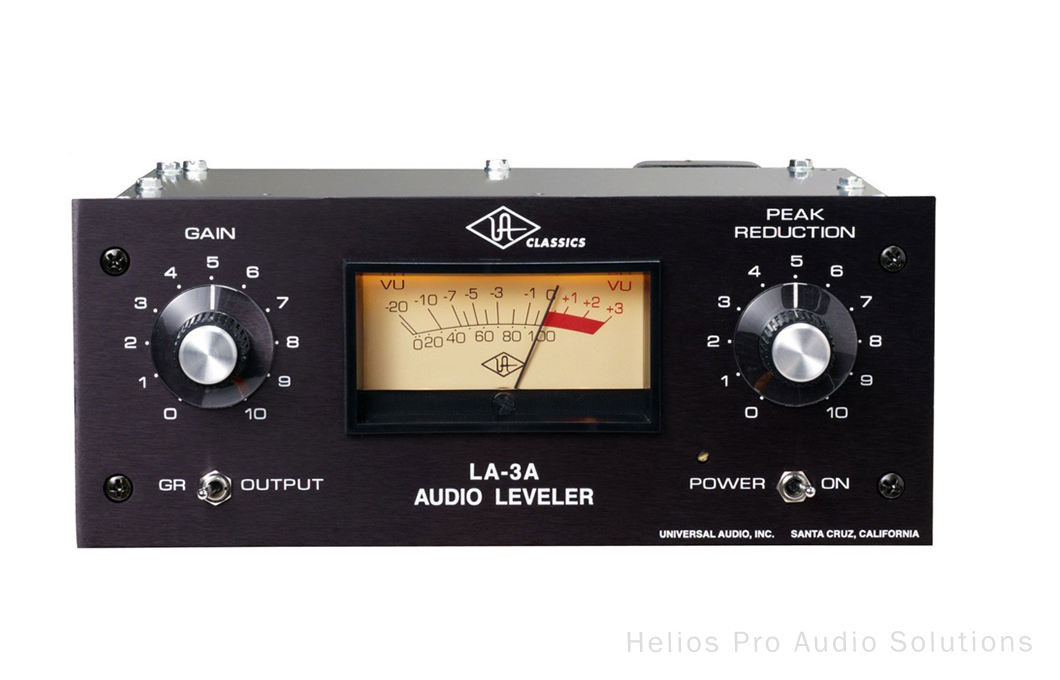I may have a problem elsewhere... I've built up a pair of these and need only to widen a couple of holes so my switches function more cleanly and figure out some sort of light gasket for the opto circuit. While doing a little poking around, I've noticed a major difference at the output of the amp that has Q9-11. This is not the amp which has it's output set by RV7, but the amp right next to it. The output of one is a little over 5vdc. The other one is -13vdc. If I swap the amps between the two units, the difference follows the amp, so it must be within those components. I've checked my soldering with a gem loupe and it looks great. The casing of Q11 is very near the output pin, but not touching. Plus I've used "perma-pad" isolators to lift the transistors a bit from the board. I do have extra parts, so I can rebuild whichever is bad. There are so few parts involved, it would be no big deal to just replace every component, but I'm actually not sure which one is wrong. My gut says 5v is right, -13v is wrong, but I don't know. Can anyone shed some light? Would anyone be willing and able to measure the output of that amp on their module? The output pin is clearly marked on the board. Or, is this something that will adjust when I go through calibration? All I've done so far there is to use RV7 to set the main amp's output to 6.5v on both units. I also dialed RV3 and RV36 in to their nominal settings before I put them on the board. Thoughts?



















![Soldering Iron Kit, 120W LED Digital Advanced Solder Iron Soldering Gun kit, 110V Welding Tools, Smart Temperature Control [356℉-932℉], Extra 5pcs Tips, Auto Sleep, Temp Calibration, Orange](https://m.media-amazon.com/images/I/51sFKu9SdeL._SL500_.jpg)

















